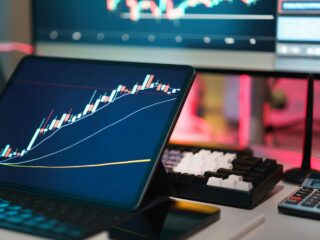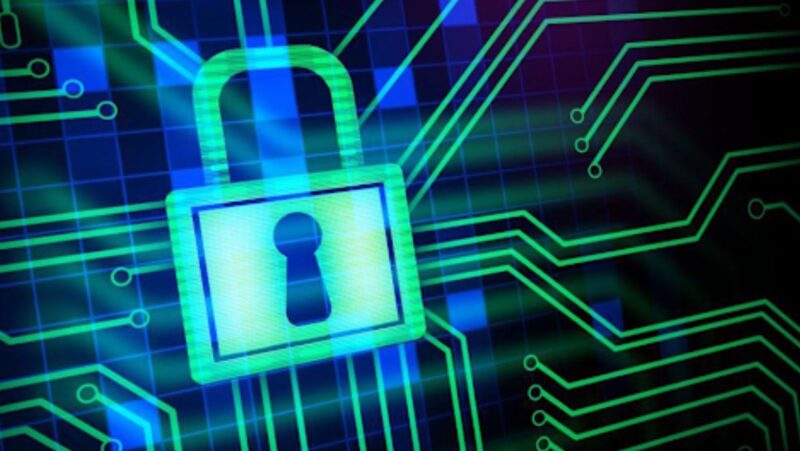
All miners recall that initial payment — that small shock of electricity converted to electronic gold. Mine was that day my quietly operating ASIC had amassed enough to purchase a cappuccino. It wasn’t a lot, but it was huge: demonstration that the network operated, the maths added up, and power had been converted to value. It was that day, fueled by gear obtained at Mineshop, bitcoin mining machines’ trusted supplier, was the first time that I ever really viewed Bitcoin as anything other than speculation, but as production.
From Curiosity to Routine
Like any miner, I started in 2020 with interest and a second-hand GPU. Profiability calculators at that time resembled lottery tickets. Nowadays, mining resembles operating a small power management business.
Daily, I monitor three variables: price of BTC, difficulty in the network, and cost of electricity. Hourly, the formula changes, but the rule remains simple — turn kilowatts into satoshes with maximum efficiency.
In 2025, the equipment is improved, the information more precise, and the machines much more sophisticated. Miners no longer make estimates but track.
The Morning Shot

My day begins with coffee — and my dashboard. It includes:
- Hashrate: how quickly my ASICs are solving blocks.
- Power consumption: kilowatts per unit.
- Revenue per TH/s: the instant profitability indicator.
- Electricity cost: imported directly from my energy provider’s API.
- If profits get below a certain level, a built-in feature will automatically halt mining during high-price periods. When prices decline, the rigs come back online.
- Automation, which was formerly exclusive to industrial farms, is now available to single miners via open-source scripts as well as smart-plug systems.
A Coffee-Sized Analogy
My Antminer S23 Hydro had been mining overnight as electricity costs had slipped as low as €0.07 per kWh that morning. It had earned about €3.40 in Bitcoin by dawn — the price of a latte in Europe.
Such is its charm: tiny, physical, day-by-day profits that bridge cryptocurrencies with real life. Every glass of coffee, every meal, every electricity bill serves as a reminder that value truly may come out of thin air — or, more accurately, out of heat, arithmetic, and good hardware.
Profitability in 2025: What Changed
The landscape of profitability has changed drastically:
- Twice as efficient. New-age ASICs require half as much power as 2022 for a given hashrate.
- Maturity of hosting. Virtual private servers now come with transparent kWh billing and uptime assurances.
- AI-based monitoring anticipates hardware stress prior to failure, decreasing downtimes.
- Renewables integration enables miners to sell excess locally generated solar or hydro power.
- The outcome: profitability is no longer just about Bitcoin prices but about business intelligence.
- You’re counting in cups, not coins.
At the conclusion of the week, I was no longer just piling sats but was compensating for day-to-day costs. It’s a psychological technique, but it helps maintain motivation based on reality.
Beyond the Numbers
It gets described as a cold, mechanical business, but beneath the spreadsheets, there’s a beat.
The quiet thrum of fans, the flickering of LEDs, the warmth on a winter morning — such sensory particulars remind us that mining isn’t guessing; it’s production.
I’m producing something quantifiable: transaction security, integrity of a network, and yes, a constant drip of revenue. It’s that sense of contribution that keeps most miners engaged beyond the initial excitement.
When Energy Is Strategy
Electricity is still the determining factor.
In Latvia, Finland, and Norway, for example, miners tie rigs more and more to dynamic-rate agreements that adjust on an hourly basis. AI-powered controllers turn mining rigs on or off based on grid conditions, making what was a fixed cost for mining rigs an optimization problem.
Some mines actually receive a negative cost for energy as they use excess renewable power during grid oversupply — being literally paid for mining.
Energy arbitrage has emerged as the new frontier, and intelligent infrastructure — stable PSUs, efficient cabling, and automated relays — separates the wheat from the chaff.
Sustainability Equals Stability
In 2025, “green” isn’t a buzzword anymore, it’s a business model.
Hydro-cooled mines return waste heat to space-heating installations. Swedish farms use waste heat to warm fish tanks; others dry lumber or warm municipal pools.
All of these innovative combinations reduce expenses and redefine mining’s public perception.
For a single miner, it’s a simple concept: utilize waste heat productively. My unit now heats my office come winter, decreasing my heating bill but with a steady uptime as a bonus – two for the price of one.
Hardware Reliability = Financial Reliability
Underpinning every successful business is reliable machinery. Downtime destroys ROI quicker than dips in the market.
That’s why procurement via certified suppliers remains key. MineShop.eu has established its name for supplying miners that fulfill advertised specs, with real warranties, EU-based shipping – no gray-market gotchas.
In a world where fake PSUs and second-hand machines abounded, trust was priceless compared to a few euros saved.
The Dream of Instant Wealth
It still romanticizes mining as passive income, but any person who actually operates real hardware knows the reality: profits compound like compound interest — slowly, steadily, invisibly.
Yes, one unit may buy your morning coffee, but multiply that over months, reinvest profits, and now your miner covers rent, electricity, or perhaps a vacation.
Mining instills patience in an impatient world.
After reading about Dr. King’s
Five years after being a game, here’s what I learned:
- Constantly track.
- Data overcomes assumptions.
- Respect downtime.
- Maintenance is integral to profit, not an interruption.
- Diversify your coins judiciously. Some altcoin miners perform best during Bitcoin’s slow seasons.
Automate your energy decisions. Make uptime decisions with software, not emotions. Relish the journey. Mining must be a rewarding experience, not stressful. Measuring Value in Simplicity Romantic mining is mining with huge warehouses and megawatts of electricity. But the real mining, more often than not, is a tiny operation—one unit buzzing in a garage, methodically building value. That’s the point: everybody gets to participate. No need for permission, no middlepersons, no borders. When I drink that coffee my miner earned last night, I’m reminded Bitcoin isn’tabstract. It’s a reminder that energy, effort, and time, the classic forms of value,still count in the information age. It is, in a word, a daily expression of independence. From Beans to Blocks There’s poetry in being aware that same electrons that helped brew my coffee mined out the satoshis that bought it. There has been no clearer relation between economy and energy. And as Bitcoin’s network gets more resilient, every miner — running a single unit or a thousand units — adds a few more drops of integrity to the electronic bloodstream. So come tomorrow morning, as my rig stirs before me and warms up in darkness, that first cappuccino it earned will come to mind. Not that it was pricey, but that it was genuine.












